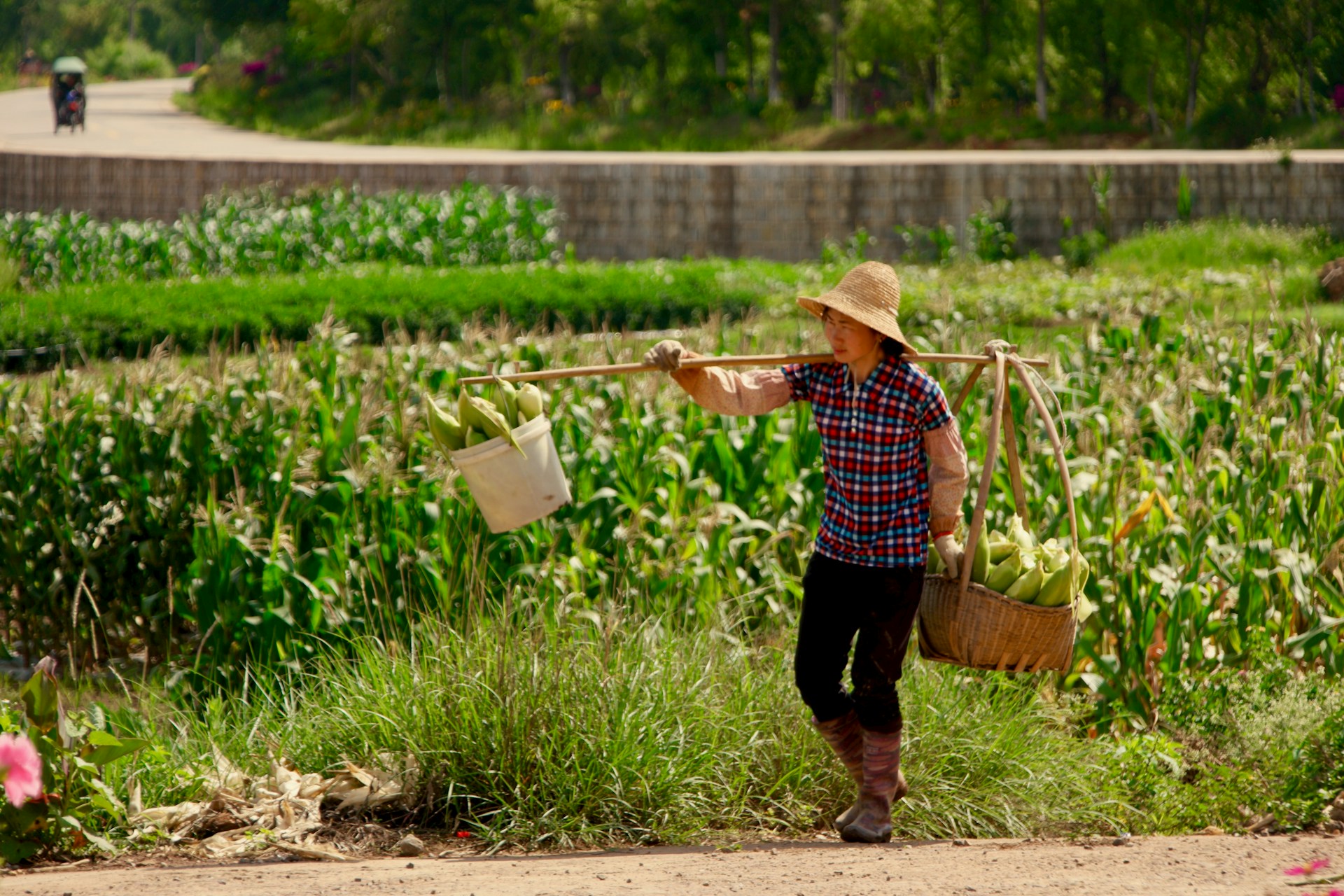Rising Food Insecurity and How to Tackle It
Global food insecurity is growing. The impact of the pandemic has drastically reduced production and funding going towards the development of modernized ways of farming. Moreover, food supply chains are displaced and now strained due to protectionism, conflicts, and uncertain macroeconomic conditions.
Inflationary energy prices and competitive market pressures are creating a perfect storm for farmers, pushing many to the brink of collapse.
Diesel, a crucial fuel for farming equipment and transportation, has seen significant price increases. The US Energy Information Administration (EIA) reports diesel prices hitting record highs in 2022, nearly doubling year-over-year – from US$3 per gallon in 2019 to US$5.8 per gallon in June 2022.
Currently, global fertilizer prices are hovering close to historic highs, and indications suggest that this elevated pricing may persist throughout 2022 and beyond. Approximately one-fifth of US farm cash costs are attributed to fertilizer expenses, with corn and wheat producers bearing an even more substantial burden.
In 2023, the global landscape of food insecurity became increasingly dire, with over 333 million individuals grappling with acute levels of hunger — an alarming surge of nearly 200 million people when compared to the pre-COVID-19 era. The crisis was most acute in low-income nations such as Burkina Faso, Mali, Somalia and South Sudan. Looking ahead to 2030, a staggering 660 million people may still grapple with hunger, demanding urgent and comprehensive interventions.
Mitigating major drivers of food insecurity and malnutrition, as well as rectifying the pervasive inequalities hindering millions from accessing adequate nourishment, is imperative. Without bold and quick actions to accelerate progress, the ambitious goal of eradicating hunger by 2030 will remain elusive.
China At the Forefront
China, the world’s second most populous nation, has been proactively tackling food insecurity and hunger through a variety of measures. After years of dedicated effort, China’s grain production hit a record high of 682 million tons in 2021, marking the seventh year in a row that the country’s grain output surpassed 650 million tons. This achievement has positioned China as the world’s top grain producer and the third largest grain exporter. Presently, China is capable of producing 95% of the grain it consumes domestically.
In terms of international collaboration, China has consistently enhanced its cooperation on food supply. It has backed the World Food Programme (WFP) in establishing a global humanitarian response depot and hub within China and has set up and funded the China-FAO South-South Cooperation Trust Fund. In partnership with the FAO and the WFP, China has executed over 40 cooperation projects under this Fund. China has also set up agricultural cooperation zones with other developing nations; conducted agricultural knowledge exchanges with more than 140 countries and regions; and promoted over 1,000 agricultural technologies in developing countries. These efforts have increased crop yields in the project areas by an average of 30% to 60%, benefiting over 1.5 million small-scale farmers.
Furthermore, Chinese researchers have developed a salt-tolerant rice variety known as “seawater rice” that can be grown in saline soils near the sea. This new variety of rice, which contains a gene from a selected wild rice variety that is more resistant to saline and alkali; is anticipated to bolster the country’s food security in the face of rising sea levels, growing grain demand, and supply chain disruptions.
In recognition of China’s significant contributions to the region, Horasis is set to host its 2024 Horasis China Meeting in Binh Duong, Vietnam, scheduled for 14-15 April 2024. This gathering will convene 300 of the most distinguished members of the Horasis Visions Community, featuring prominent business leaders from both China and Vietnam. The meeting is poised to play a pivotal role in fostering the expanding trade and investment partnership between China and Vietnam.
Pathways Ahead
Moving ahead, a new outlook towards existing food systems is warranted. Our present food systems need to be transformed. The FAO has recommended six pathways that can drive greater food inclusivity and sustainability.
Integrating humanitarian, development, and peacebuilding policies in conflict-affected areas
Conflict-affected areas are impacted by severely disrupted food systems, impeding people’s access to nutritious foods. Therefore, it is imperative to implement conflict-sensitive policies, investments, and actions to reduce food insecurity and malnutrition in such areas, while working actively towards reducing levels of conflict and initiating peacebuilding efforts.
Scaling up climate resilience across food systems
Newer ways of producing food and how we interact with our natural resources need to be explored. Solutions require increased partnerships and funding towards climate change adaptation and disaster risk reduction and management, to mitigate the impact of climate variability and extremes. This can help deliver a climate-positive future in which people and nature can coexist and thrive.
Strengthening resilience of the most vulnerable to economic adversity
Governments should focus on developing stable long-term policies that focus on building measures that support vulnerable populations in times of adverse economic cycles. Such policies should include social protection mechanisms and primary healthcare services, while supporting household income and livelihoods through social assistance or active labor market policies.
Intervening along food supply chains to lower the cost of nutritious foods
A multi-stakeholder approach is required to develop policies and investments from production to consumption of food, aimed at efficiency gains and cutting food losses and waste to help achieve availability of safe and nutritious foods and lower their cost.
Tackling poverty and structural inequalities, ensuring interventions are pro-poor and inclusive
Policies, investments, and laws need to be developed that address underlying structural inequalities faced by vulnerable population groups in both rural and urban areas. This will ensure that new food systems are both pro-poor and inclusive.
Strengthening food environments and changing consumer behavior to promote dietary patterns with positive impacts on human health and the environment
There is a need for policies, laws, and investments that promote healthier food environments, empowering consumers to pursue dietary patterns that are nutritious, healthy, and safe, with a lower impact on the environment.
Tackling food insecurity requires a multi-pronged approach that combines local action with national and international efforts. By actively implementing these strategies and embracing innovation, we can move towards a future where everyone has access to safe and nutritious food.
Photo Caption: A corn farmer picks her crop in China.



